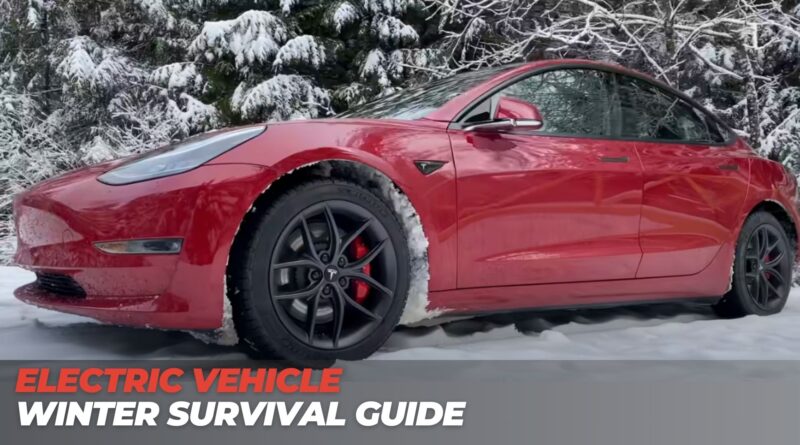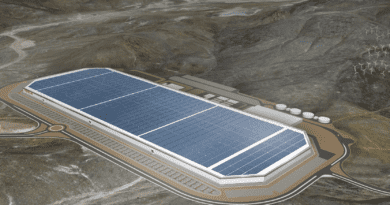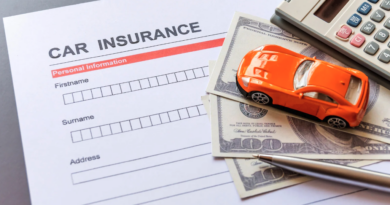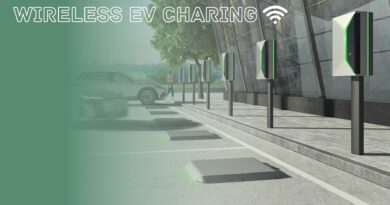The EV Owner’s Winter Survival Guide
As winter approaches, electric vehicle (EV) owners often find themselves facing unique seasonal challenges. Colder temperatures impact battery efficiency, reduce driving range, and may even slow down charging times. While EV technology has made significant advancements, winter still presents a specific set of considerations. This guide is designed to help you navigate the cold months with confidence, keeping your EV operating smoothly and efficiently. Here’s everything you need to know to keep your EV ready for winter roads.
Understanding How Winter Affects EVs
Battery Sensitivity to Cold
Lithium-ion batteries, which power most EVs, are particularly sensitive to temperature changes. In colder temperatures, the electrolyte fluid inside the battery becomes more viscous, slowing down the ions’ movement. This reduced activity results in a drop in efficiency and contributes to the familiar “range anxiety” many EV drivers experience in the winter.
Range Loss in Cold Weather
Range reduction can be significant, with some EVs experiencing up to a 40% drop in range in cold temperatures. When you’re driving an EV, it’s not just about getting from Point A to Point B—it’s also about managing energy consumption along the way. But don’t worry; understanding this issue is the first step in planning effectively and conserving range.
Impact on Charging Speeds
Cold weather also affects charging speed. When the battery is cold, it can take longer to charge, even at high-power DC fast chargers. Knowing this, EV owners can plan their charging sessions with extra time in mind during winter months, especially if embarking on longer trips.
Battery Maintenance and Optimization
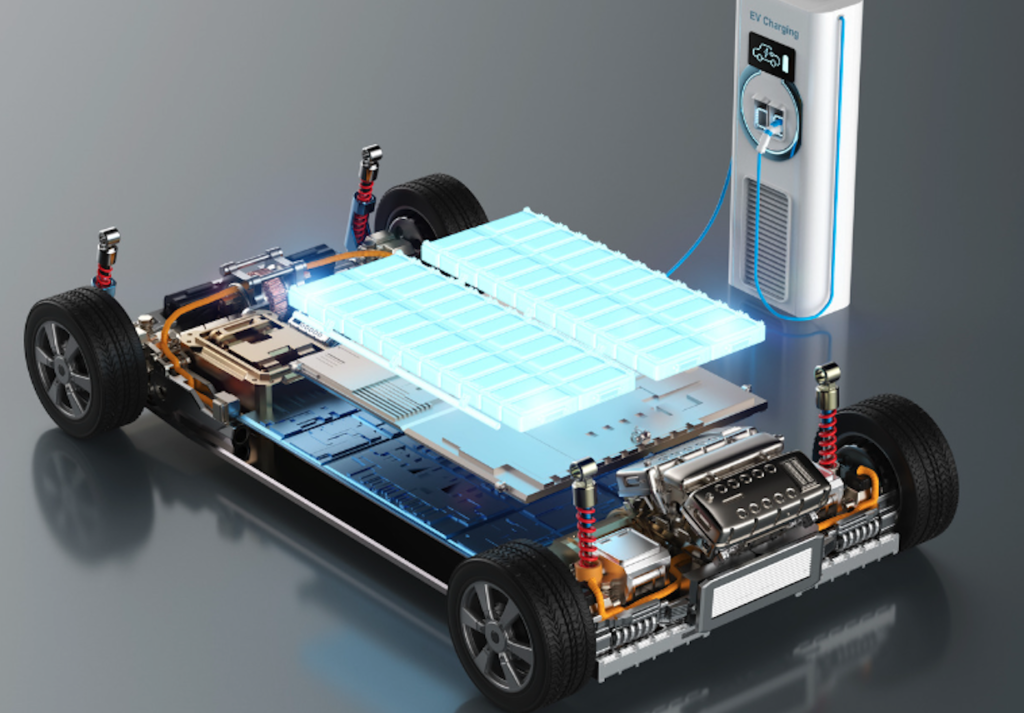
- Battery Preconditioning
Battery preconditioning warms up your battery to an optimal operating temperature before you start driving. Many EVs allow you to precondition the battery directly from an app or through the vehicle’s infotainment system. Preconditioning while plugged in saves battery power and ensures the car’s range remains relatively unaffected by the process. A preconditioned battery performs better, providing more efficient energy use.
- Smart Charging Habits
Charging habits in winter require a slight adjustment. Frequent top-offs, rather than waiting for the battery to drop to low levels, can prevent efficiency dips. Keeping the battery between 20% and 80% ensures the battery remains stable and ready for use.
- Optimize Home Charging Setup
Home charging is particularly useful in winter. Consider setting a charging schedule so that charging completes right before you’re ready to leave. This not only keeps the battery warm but ensures maximum charge availability for your trip.
Maximizing Energy Efficiency in Cold Weather
- Efficient Use of Cabin Heating
Cabin heating can consume a large amount of battery power. Using alternative heating methods, like seat and steering wheel heaters, can help reduce energy drain as these require less power. Dressing warmly and layering up allows you to stay comfortable without relying too much on cabin heating.
- Defrosting with Efficiency
To avoid excessive battery consumption, limit defrosting time by using efficient methods. Turn on defrost settings briefly to clear the windshield, then rely on airflow to maintain visibility. You might also consider using windshield covers or de-icer sprays to minimize frost buildup, especially if your EV is parked outdoors.
Preparing Your EV with Winter Tires and Traction Support
- Importance of Winter Tires
Winter tires are specifically designed to offer better traction in snow, ice, and wet conditions. Unlike all-season tires, winter tires remain flexible in cold temperatures, providing better grip and stability on slippery surfaces. Switching to winter tires when temperatures drop below 45°F (7°C) is a practical safety measure, ensuring that your EV can handle winter roads with ease.
- Additional Traction Aids
In case of particularly challenging weather or rural driving conditions, consider keeping anti-slip mats and tire chains in your EV. Anti-slip mats can provide extra traction if you’re stuck, while tire chains offer added control in severe snow conditions. Just be sure to check local regulations, as tire chains may be restricted on certain roadways.
Efficient Route Planning and Charging Station Awareness
- Planning Routes Ahead
Planning ahead becomes essential for EV drivers in the winter. Mapping out a route that includes charging stations can offer peace of mind, particularly on longer trips. Many EVs and third-party apps display nearby charging stations, letting you bookmark those along your route. Checking real-time information on charging station availability can also save time.
- Choosing Energy-Efficient Routes
Not all routes are created equal when it comes to conserving energy. Avoid routes with steep climbs when possible, as going uphill requires more power, impacting your range. Driving at a steady, moderate speed also helps maximize efficiency, as excessive acceleration or braking can quickly drain your battery.
- Parking for Cold Weather
Parking in covered or indoor garages can keep your EV a few degrees warmer, reducing the time and energy needed for preconditioning. If outdoor parking is your only option, try facing your car east to allow the morning sun to naturally warm your EV—small steps like this can add up over time.
Emergency Preparedness for Winter Driving
- Assembling a Winter Emergency Kit
Winter can be unpredictable, so it’s wise to keep an emergency kit in your EV. Include items such as blankets, gloves, a flashlight, portable power banks, and non-perishable snacks. Having a small snow shovel, ice scraper, and a first aid kit is also advisable.
- Portable EV Chargers for Emergencies
If you often drive in remote areas, a portable EV charger can be a lifesaver. These devices, which provide a few extra miles in a pinch, can help you reach the nearest charging station if your battery is unexpectedly low. Keep in mind that portable chargers won’t fully charge your EV, but they’re ideal for emergencies.
- Staying Safe if You Get Stuck
If you do get stuck, it’s essential to stay calm and take steps to conserve your battery. Keep your EV warm by setting the temperature low and using seat heaters if available. Contact roadside assistance if needed, and remember that some EV manufacturers offer specialized EV support for stranded drivers.
Additional Tips for Maintaining Your EV in Winter
- Regular Battery Health Checks
Regular battery health checks, either at your dealership or using EV monitoring apps, can ensure your battery remains in optimal condition. Many EVs allow you to monitor battery health directly through the car’s app or infotainment system. Scheduling a winter check-up can help address any performance issues before they become problematic.
- Protection Against Salt and Debris
Winter roads are often treated with salt, which can cause corrosion on your vehicle’s undercarriage. Regularly washing your EV, particularly the underbody, can help prevent rust and maintain your vehicle’s longevity.
- Windshield Wiper and Fluid Maintenance
Keep windshield wipers in top condition and fill the wiper fluid reservoir with a winter-grade formula. Good visibility is essential, especially during winter storms, so replacing worn wipers and checking fluid levels should be part of your routine.
- Investing in Winter Accessories
Consider winter-specific accessories like rubber floor mats to keep snow and slush contained, protecting your EV’s interior. Cabin air filters also play a vital role in maintaining indoor air quality, so replacing them before winter ensures they work effectively.
Conclusion
Winter driving in an EV brings a unique set of challenges, but with the right preparation, you can navigate the season smoothly. By understanding how winter affects your EV, optimizing your charging habits, maximizing energy efficiency, and equipping yourself with the right tools, you’ll be ready to tackle the winter months confidently.
With these tips, your EV can remain as efficient, safe, and enjoyable to drive in winter as it is the rest of the year. Stay warm, stay safe, and drive smart—your EV and your peace of mind will thank you.

